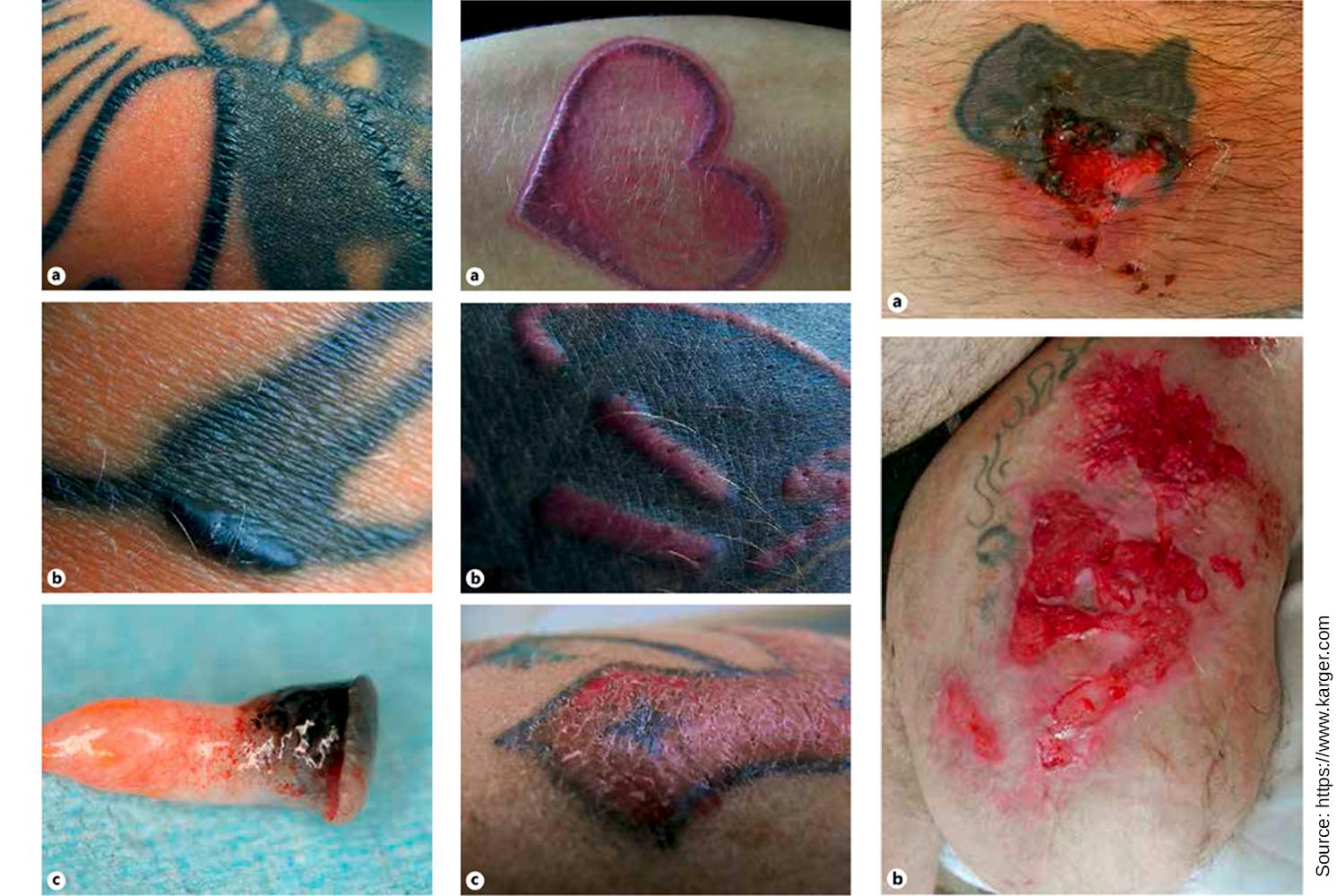Experts uncover the upsetting truth about heavy metals and organic pigments found in popular tattoo inks. These inks are being used not just with traditional tattooing, but with permanent makeup as well.
In a groundbreaking study published by Karger, a leading international medical publisher, researchers have made a startling discovery about the composition of tattoo inks that may leave many inked individuals questioning the safety of their body art.
The study, titled "Tattoo Complaints and Complications: Clinical Spectrum" delves deep into the chemical makeup of tattoo inks, revealing the presence of heavy metals, organic pigments, and other potentially harmful substances. The researchers, led by Dr. Ines Schreiver, analyzed 58 commercially available tattoo inks, shedding light on the dark side of the tattoo industry.
What they found is sure to raise eyebrows. Alarmingly, the researchers discovered that many tattoo inks contain hazardous chemicals such as chromium, cobalt, nickel, and even lead. These heavy metals can pose serious health risks, including allergic reactions, skin irritations, and potentially even cancer.
But it's not just heavy metals that are causing concern. The study also found that tattoo inks contain a wide range of organic pigments, some of which are not approved for use in cosmetics or other skin-contact applications. In fact, some of these pigments are only allowed for industrial use, such as in the production of textiles and plastics.
The lack of regulation and oversight in the tattoo industry has long been a cause for concern among experts, but this study highlights the urgent need for action. With millions of people worldwide sporting tattoos, the potential health risks associated with these harmful substances cannot be ignored.
As shocking as these findings may be, there is some hope on the horizon. The researchers have called for better regulation and standardization of tattoo inks, including guidelines for ink composition, labeling, and manufacturing practices. This would help to ensure the safety and quality control of tattoo inks, protecting consumers from the hidden dangers lurking in their body art.
In the meantime, those considering a tattoo should be cautious and well-informed. Make sure to research the ink used by your chosen tattoo artist, ask about the ingredients, and consider the potential health risks. Remember, not all inks are created equal, and the safety of your body art could be at stake.
As the tattoo industry continues to evolve, hopefully, regulations will follow, ensuring the safety and well-being of millions of inked people around the world. Until then, it's up to consumers to educate themselves, ask questions, and make informed decisions about their body art.

The researchers, led by Dr. Ines Schreiver, analyzed 58 commercially available tattoo inks, shedding light on the dark side of the tattoo industry.

